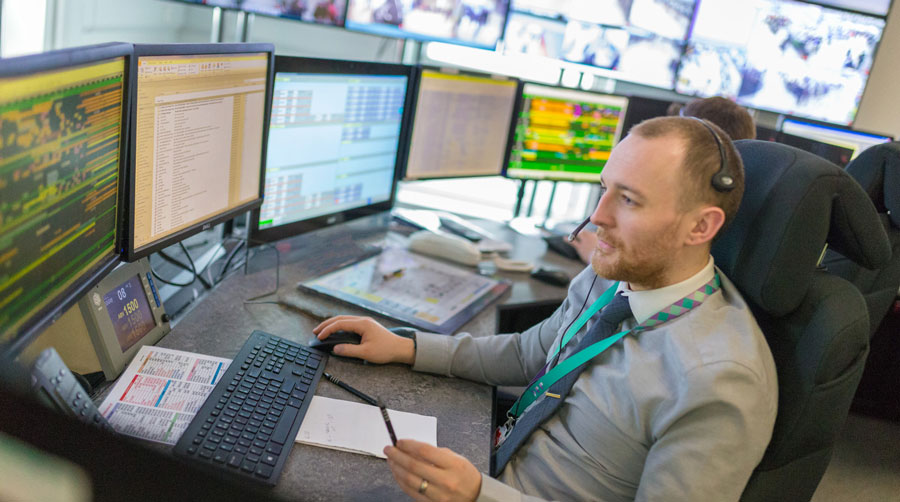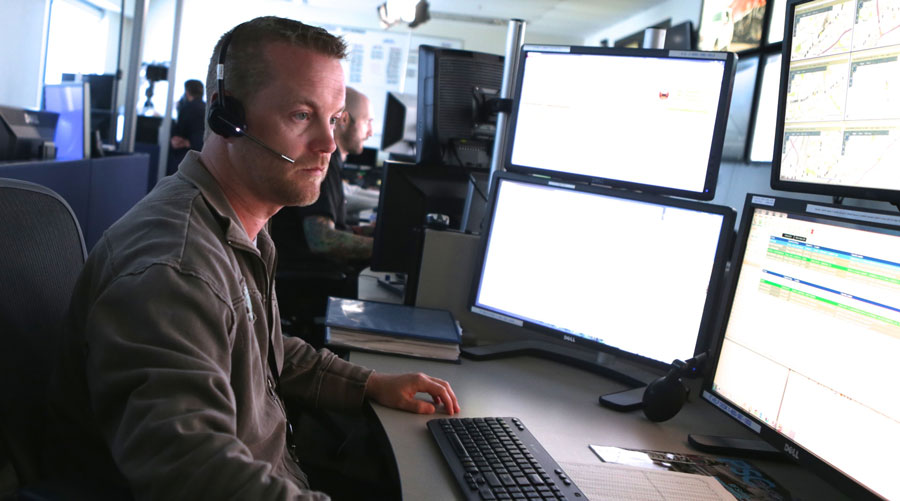To the average person, a 9-1-1 operator may be someone who answers the phone and dispatches help. But at times when an emergency brings a call in to 9-1-1 we become more: investigators, counselors and friends to the people who call for help. And that is why we are called telecommunicators. We use active listening to understand the situation beyond the words of the caller. A good telecommunicator has a sixth sense that allows him or her to pick up vital cues and react to them. We have all shared the experience where it is not what we have heard on the phone or radio, it is what was not heard that is most disturbing and telling of that event.
You and I understand that our calling is vitally important and yet low-profile. We wouldn’t have it any other way. Nevertheless, I’m calling on my fellow public-safety telecommunicators to come out from behind the scenes and take a stand.
Every 10 years, a committee reviews the Standard Occupational Classification (SOC) system. These are job categories used by federal agencies for statistical purposes.
Public Safety Telecommunicators have long been classified by the Standard Occupational Classification (SOC) system under “Office and Administrative Support Occupations.” The time to change that is now.
I’ve joined the #IAm911 movement, and I’m asking you to join me if you haven’t already.
It’s Up to Us
We need two things from the SOC:
-
- To call us “Public Safety Telecommunicators,” the designation that is commonly used by public safety organizations
-
- To classify us under the “Protective” occupation category
Our professional organization, APCO International, went to bat for us with sound arguments and data showing how our role has evolved over the last 10 years. So have the National Emergency Number Association and the non-partisan legislative committee Next-Generation 9-1-1 Caucus.
Now, it’s up to us to educate the SOC – and the general public – about the central role we play in making sure that citizens get the help they need. We can support the SOC in changing its stance by providing more education and facts. Through storytelling, we encompass the educational content at a personal level, while emphasizing fact. Education highlights the impact our calling has on others, both citizens and responders, as we allow our life stories to touch hearts and change minds.
The 10-year window for changes in the SOC system will close on September 20, 2016. If we miss this opportunity, there won’t be another one until 2026.
Telling the Stories
In the past couple of weeks, I have been inspired and energized as I read my fellow telecommunicators’ experiences and tributes on Twitter. The #IAm911 hashtag is a way for us to share the triumph and pain we experience every day as we do our jobs. It highlights the work we do daily and the efforts, dedication and skill required to don that headset, answer that emergency call, notify responders and coordinate the best possible outcome to life’s unthinkable tragedies.
How to get involved
To be clear, this re-categorization will change nothing about the role we play or the way we are compensated. What it will do is provide official recognition of our work as first first responders.
Watch this video to find out how you can get more involved.
Submit formal comments to the SOC, educating them about the ways that we protect the lives and safety of the public and our fellow emergency responders.
Contact your U.S. senator and the members of the Congressional NextGen 9-1-1 Caucus. You can get information and guides on the APCO website. Encourage your family and friends to engage in this initiative and support you. This includes our field partners. Let them know the importance of this movement. This is not something we can accomplish alone; we need our beloved Law Enforcement, Firefighters and Emergency Medical Technicians to rally alongside us.
Tell your stories on Twitter using the #IAm911 hashtag. Let’s keep fighting for this. We’re all in it together.




